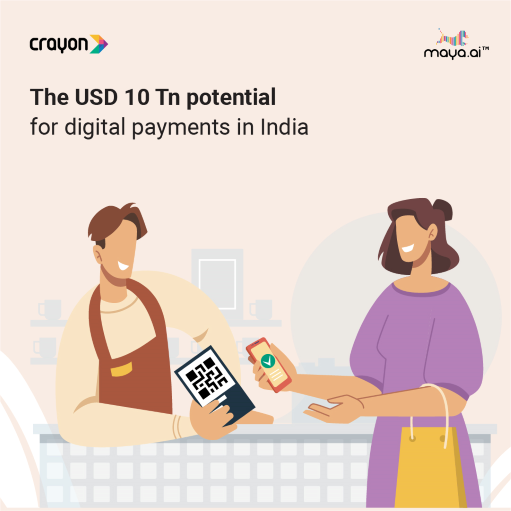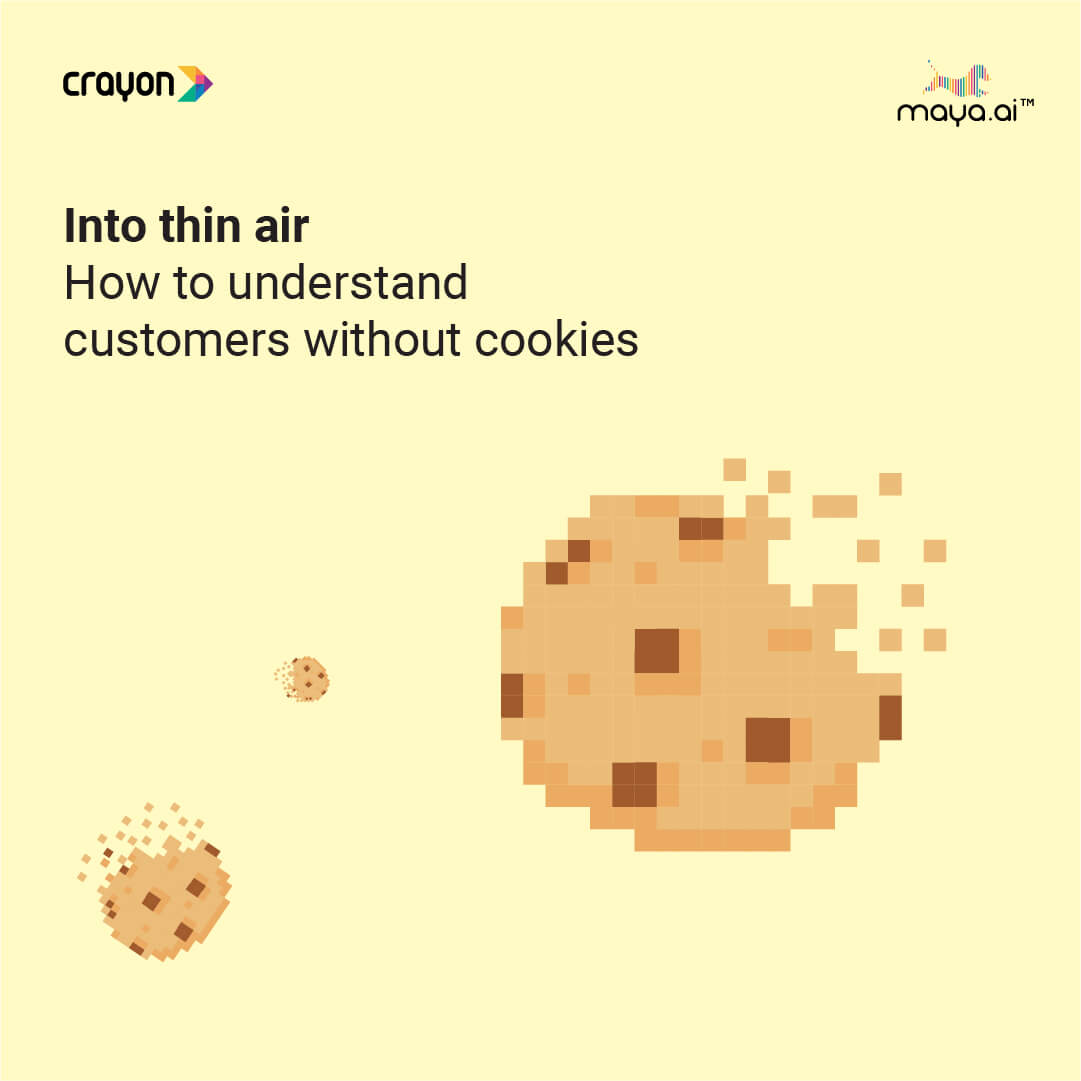In the first few months of the COVID-19 pandemic, there was over a 100% increase in new seller signups on e-commerce platforms – this registered 4x to 8x sales growth. At the same time, retailers looked for plug-and-play options that would speed up their digital transformation and adaptation. Now, the focus is on creating personalized and highly effective Offline + Online (O+O) experiences for customers.
Back in October 2020, we reported that as more and more people were coming out of quarantine, consumers who couldn’t shop before were looking to satisfy their urge to splurge. Known as revenge spending, shopping-deprived consumers indulge in retail therapy extensively. Around the festive season, many forecasts projected that over 70% of sales will happen on digital shopping portals. Digital-only shoppers increased by 44% on the weekend, with a total of 95.7Mn people online. Our Retail Therapy 2020 report has more on the trend.
Growth in the Indian retail sector
Amitabh Kant, CEO, Niti Ayog, Government of India, says, “COVID-19 has been a litmus test for resilience and adaptability, and retail players have been largely successful in navigating the crisis by leveraging technology and collaborations.” This will be a key driver of retail evolution in future, he adds.
To give some context, let’s look back at how the retail market size in India has evolved in the past three decades. Traditional retail, from 1990 till 1999, added a value of 68Bn USD. And the six-year period from 2000 to 2006 added 54Bn USD. In the third phase, from 2007 to pre-Covid 2020, tech-enabled channel diversification, value chain integration and seamless purchase resulted in 641Bn USD worth of added value. Just in the last decade, that’s a tripled market size.
Retail 4.0
Now, in the post-Covid scenario that is being called Retail 4.0, here are three key strategies that retailers have adapted to incorporate technology with their services.
1. When physical sales were hit, brick and mortar retailers went online, backed by analytics
The retail industry survived the pandemic with greater resilience than many other industries. Shifting to app-based modes to diversify reach and stay connected with existing customers who had moved to online shopping was the first step. 72% of customers chose to buy small but often, and over 50% of digital sales came from Tier 2 and 3 locations. Based on these analytics, retailers refocused their product catalog. Currently, 79% of traditional retailers have plans to digitize in-store operations, and a similar number are open to partnerships with online retailers.
2. From reactive to proactive digital enablement
Tech-based retail is no longer an option, it is a priority. For those retailers who were already on the digitization path, the focus is now on building focused, purpose-led collaborations. Smart PoS, integrated inventory management and orders from social media and online platforms combined with offline experience formats and direct manufacturing integration was the way forward.
3. Personalization is one of four key enablers in the O+O strategy
As customers are now digital natives – or becoming increasingly digital savvy – they are beginning to look for enhanced personalized experiences. They want retailers to speak directly to their needs. This puts the focus on data–driven advanced analytics and prediction tech, to tailor customer-centric product/service offerings that set a retail business apart. Operations digitization, supply chain and fintech integration are the other important aspects of this strategy.
With the O+O approach, the retail industry in India is slated to add up to 640Bn USD by 2030. In a best-case scenario, the study suggests that digitally enabled retail could account for up to 44% of the overall market by that time. To stay relevant in this climate, retailers must plan their digital strategy to cover all bases.
Retailers spend an average of 25% of their sales to drive traffic to their site. But often do not see conversions and ROI. So, merchants are hit with a double whammy of little traffic and high cost of acquisition. And they need a solution fast.
Personalized digital marketplaces are the future
Personalized digital marketplaces go beyond connecting customers and retailers to bring value to both parties. Just like a symbiotic ecosystem. Marketplaces give customers the freedom to discover offers, products and experiences according to their tastes. And place merchants in the driving seats of their business.
Crayon Data’s maya.ai Bazaar is an AI led personalized commerce marketplace that benefits consumer, merchants and banks. It makes the consumer journey personal and relevant by recommending the right merchants as well as products, with discovery to fulfilment in one portal. It also helps merchants with a portal to identify and reach the right customers, drive traffic from within the bank’s ecosystem and get consumer insights.
Merchants and retailers who would like to reach out to over 20 million cardholders through maya.ai Bazaar, sign up now for our exclusive beta access.
Insights and data from ‘Retail 4.0 India Story’, a joint study by NASSCOM and management and consulting firm, Technopak.

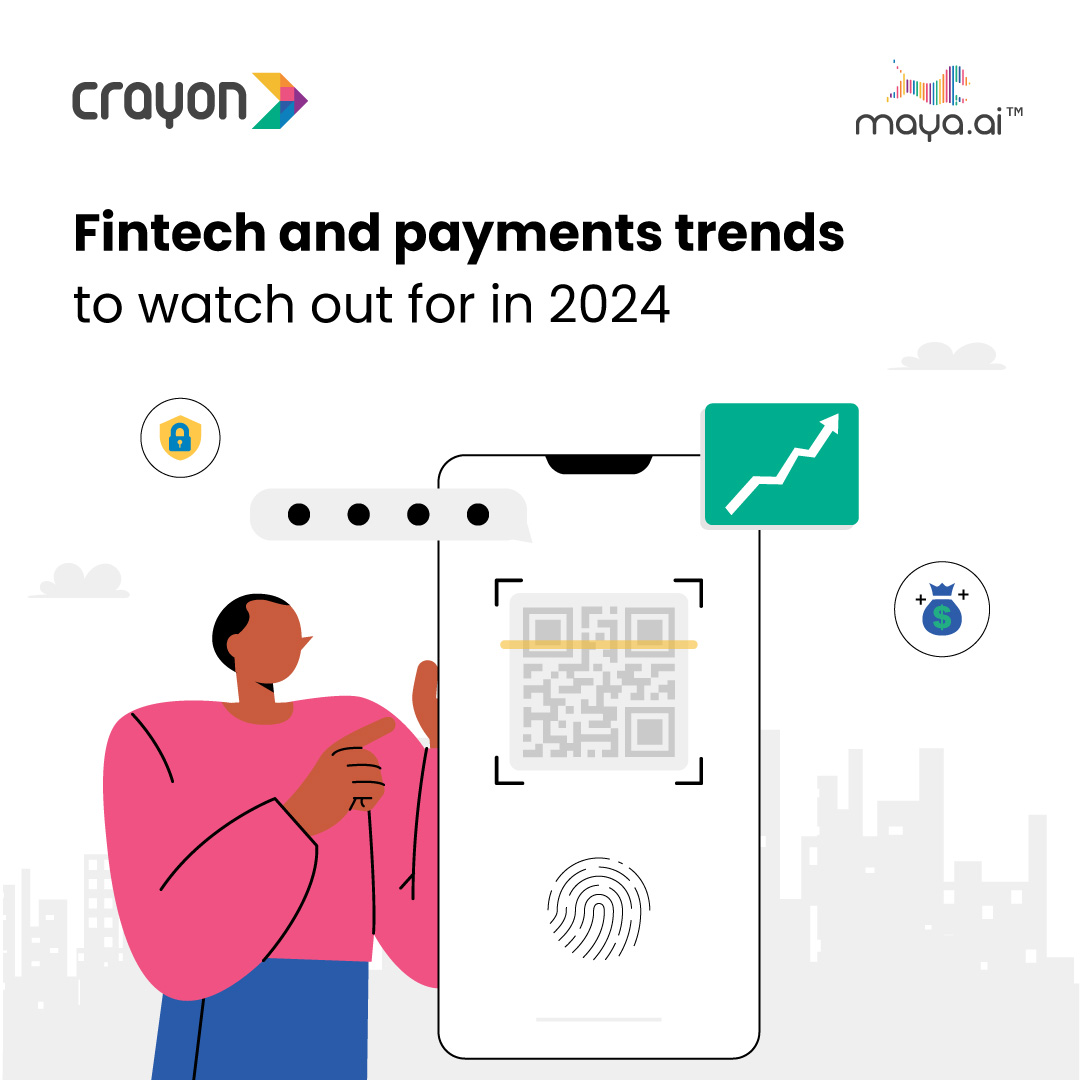
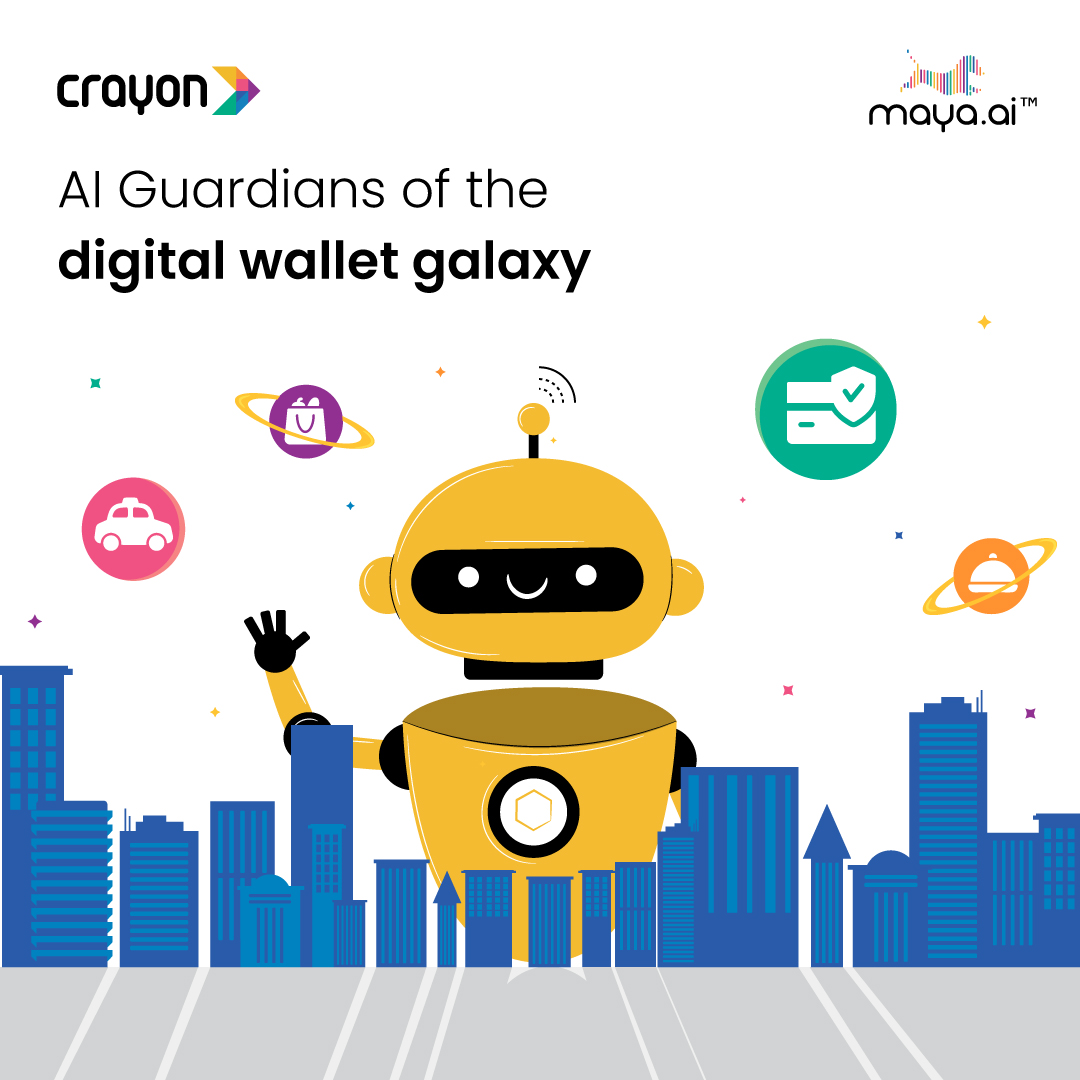
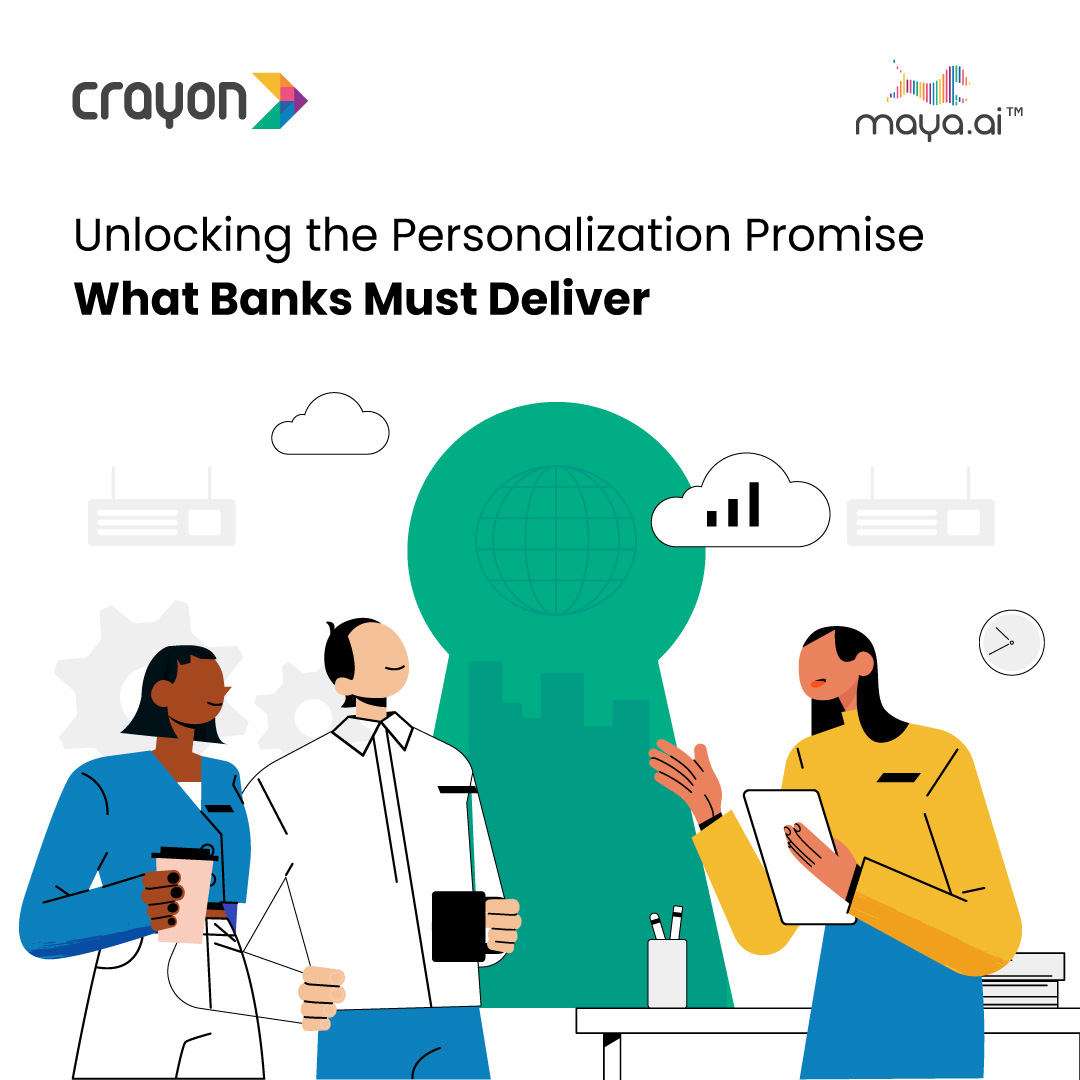

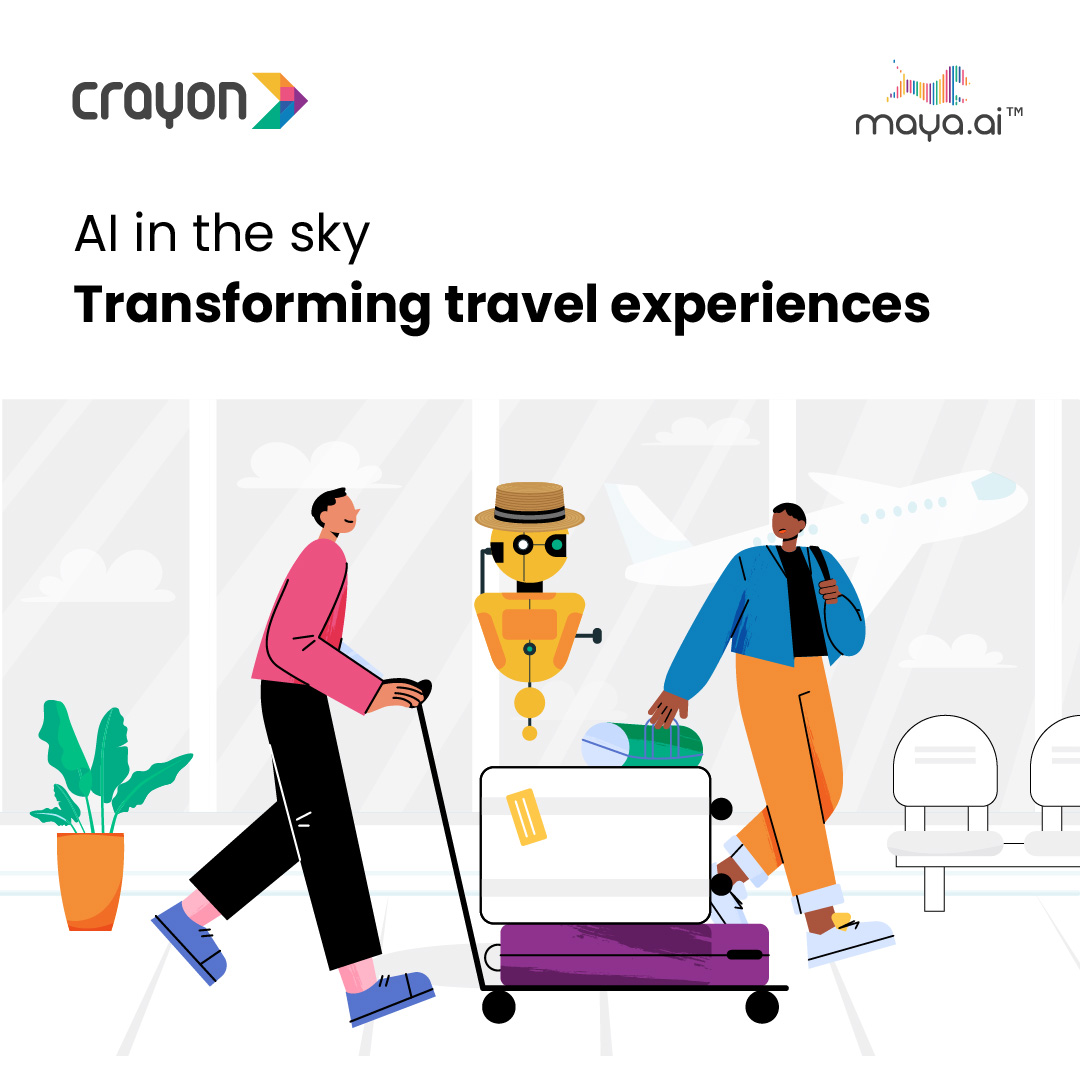


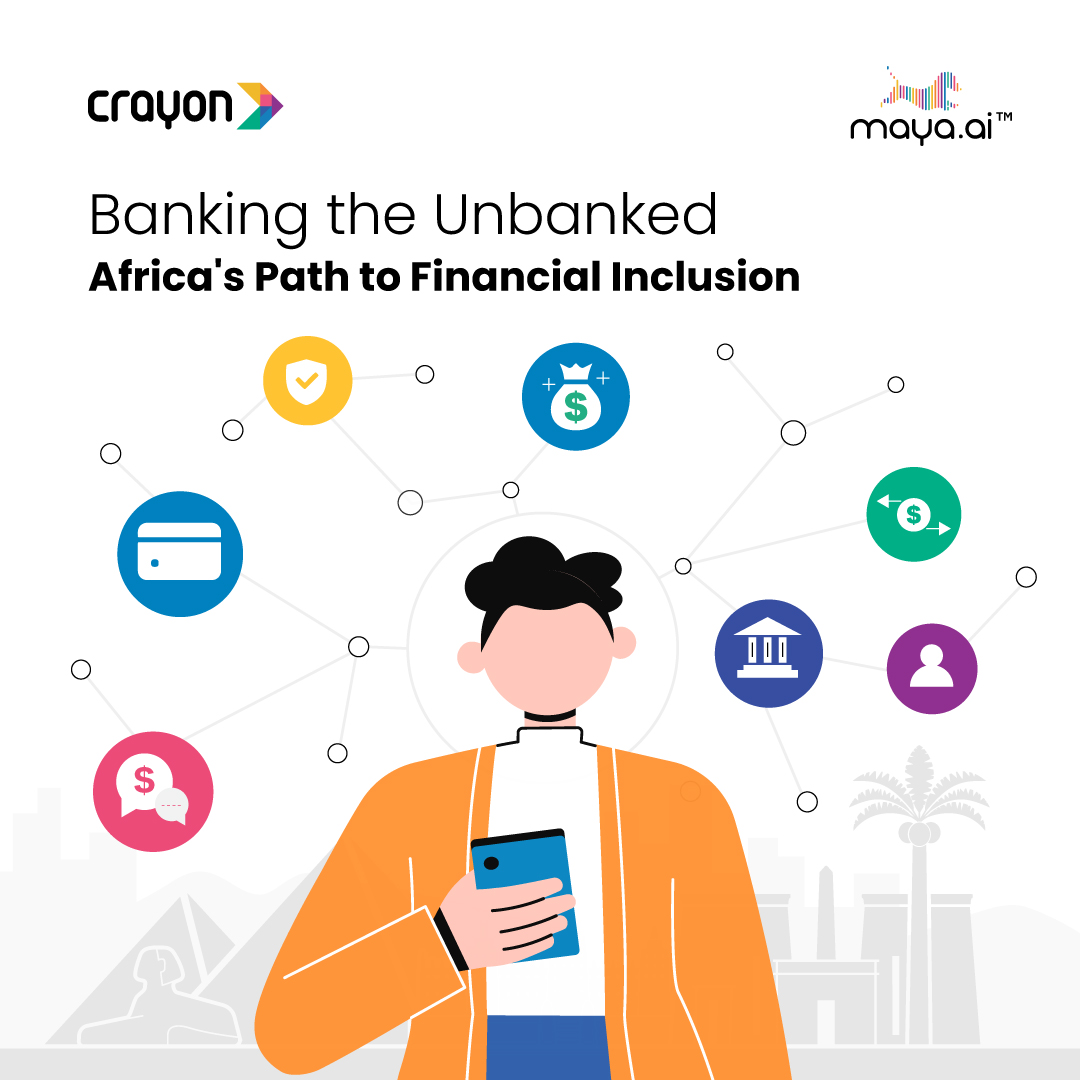

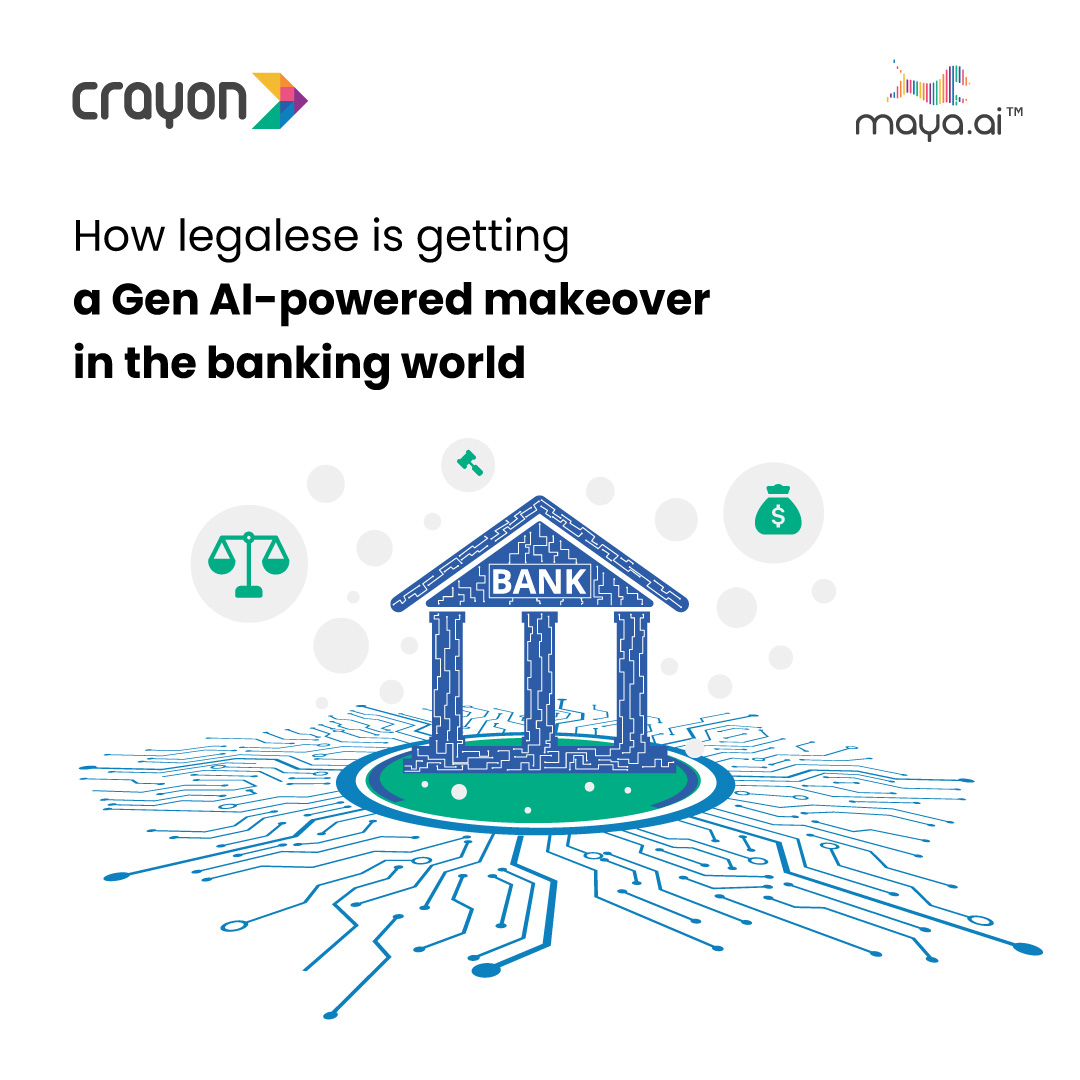

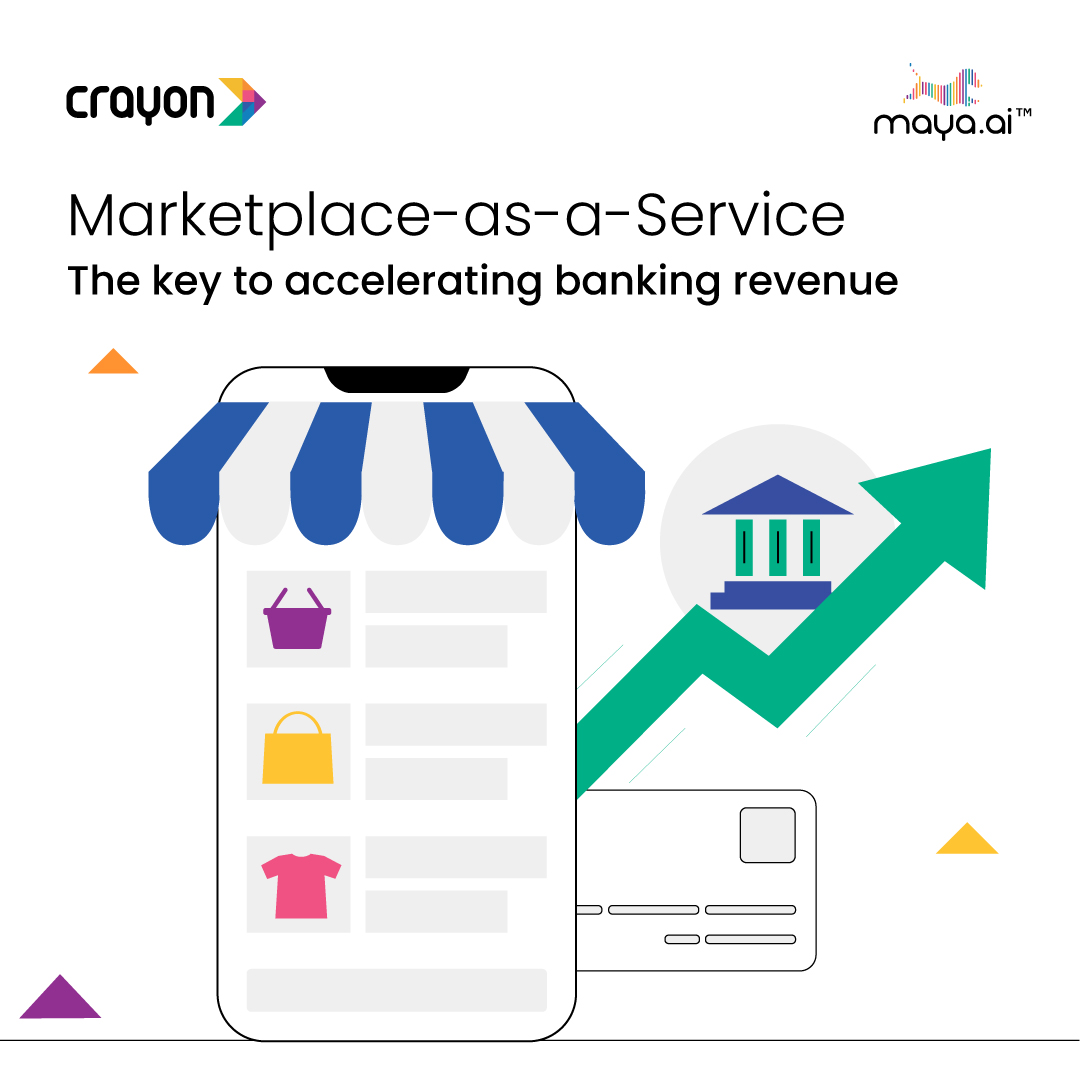


![Slaves to the Algo: AI podcast by Suresh Shankar [Season 1]](https://crayondata.ai/wp-content/uploads/2023/07/AI-podcast-by-Suresh-Shankar.jpg)
![Slaves to the Algo: an AI podcast by Suresh Shankar [Season 2]](https://crayondata.ai/wp-content/uploads/2023/08/version1uuid2953E42B-2037-40B3-B51F-4F2287986AA4modecompatiblenoloc0-1.jpeg)




